A home generator is of utmost importance for most consumers, especially for those who live in areas where power outages are frustratingly common.
Whenever the power goes out, your household appliances stop working, your food goes bad, and the entire home is basically left in the dark, which is both frightening and dangerous.
If you have decided to invest in a generator for home use, then you should know that there are two main types to consider: portable and standby ones.
A Brief Overview Of The Standby Generators
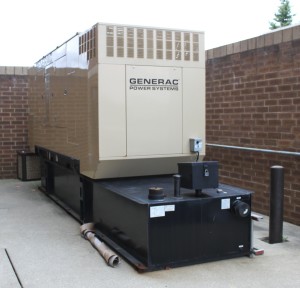
A Standby Generator
As the name implies, these are stationary units that are usually very heavy, thus being installed in only one place where they can be easily accessed.
These can be easily turned on with the touch of a button, and they are often used not only for residential purposes, but for commercial and industrial purposes as well.
These units also split into two main categories: the select circuit home generators, which are designed to provide electricity solely to the appliances you select (typically the most important ones, such as your refrigerator or your TV) and they are often the most common choice as they allow you to save money, and whole house generators.
The latter are typically more expensive but they are designed to provide electricity to the entire home, and it can power several heavy-duty appliances at a time. It is not uncommon for a high-quality whole house stationary unit to deliver 45 kilowatts of energy or even more.
A Closer Look At The Portable Home Generators
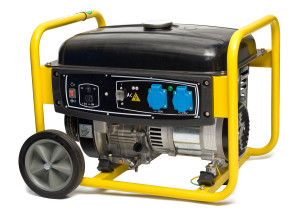
A Portable Gas Generator
These types have become increasingly popular over the past few years, and for a good reason: They are cost-effective, lightweight and portable, and can be easily carried wherever they are needed.
Their only downside is that they can typically power one, or at maximum two appliances at a time. Portable gas units are by far the most sought-after type, given the fact that they affordable to buy and to run in the long haul.
On the other hand, diesel run generators are popular as well given the fact that they are very reliable, they are low-maintenance and they are typically 50% less expensive as opposed to the above-mentioned machines.
Last, but not least, portable propane generators are known to use the cleanest type of fuel of all, they vary in terms of size and design, they are cost-effective and very quiet.
As will all electrical devices and projects, it is important to practice good electrical safety. Never run a portable generator indoors where carbon monoxide can pose a risk to your family and pets.
Conductive Electrical Contracting installs home backup generators. Call today to find out more about your options when it comes to having backup power to your home when the electricity goes out. Call 302-319-4061 or request an estimate here.
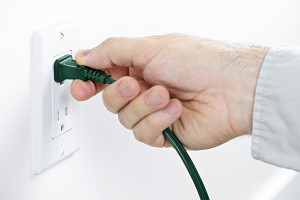
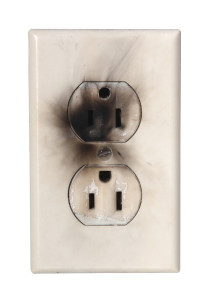


 Modern homes are filled with various types of electrical appliances. These appliances go a long way in making life easier and more comfortable.
Modern homes are filled with various types of electrical appliances. These appliances go a long way in making life easier and more comfortable.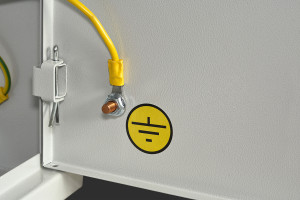 To put it simply, electrical grounding is nothing more than a connection of the electrical equipment and its wiring systems to the earth. This is done with the help of a wire or some other form of electrical conductor.
To put it simply, electrical grounding is nothing more than a connection of the electrical equipment and its wiring systems to the earth. This is done with the help of a wire or some other form of electrical conductor.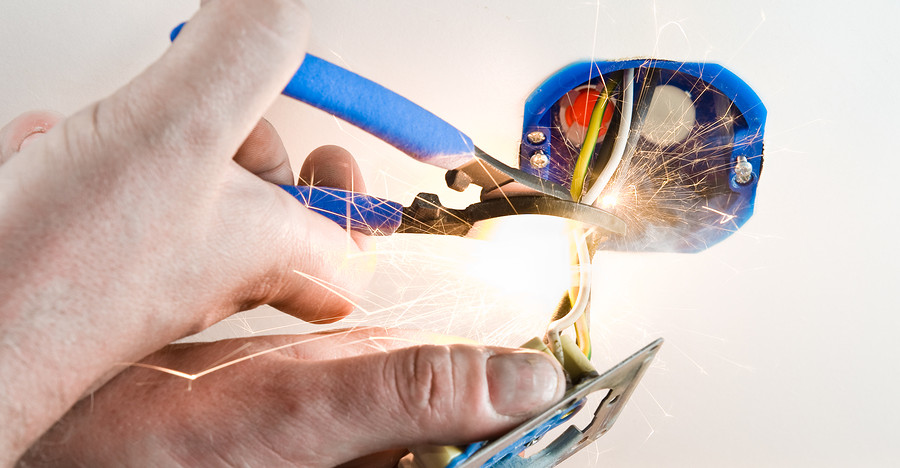
 Overloaded Circuits
Overloaded Circuits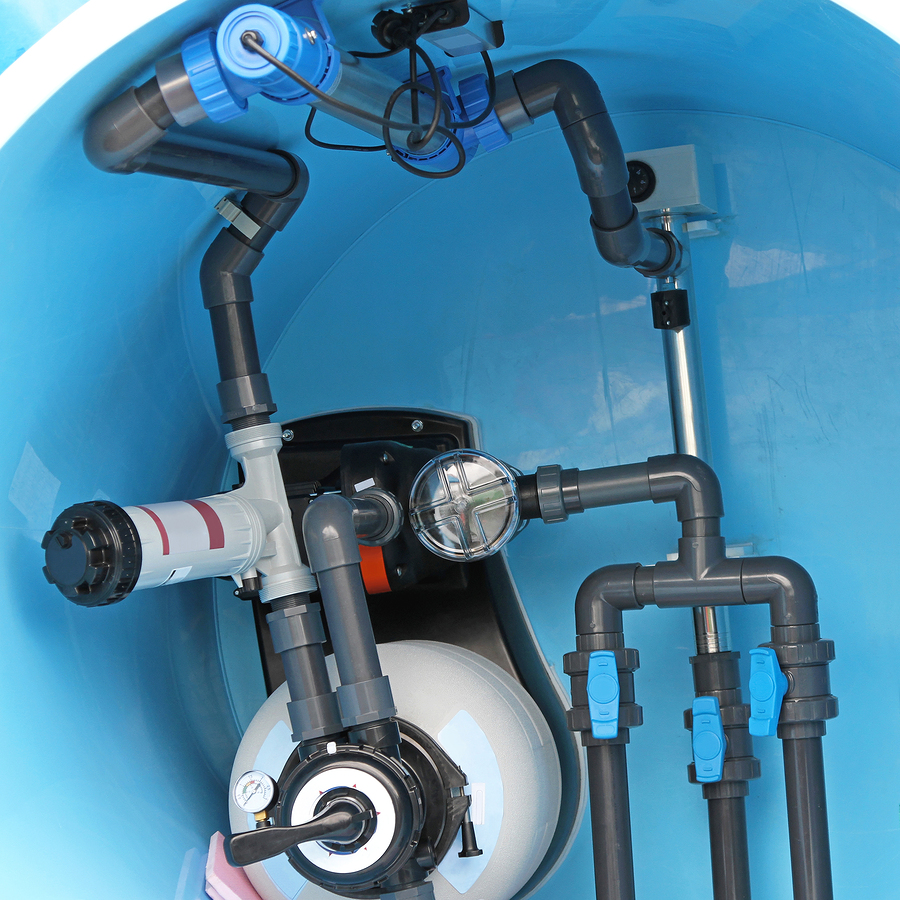
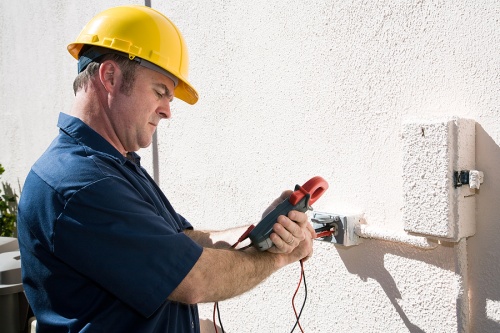
 It’s not simply the country’s energy framework that is out of date. The wiring inside numerous homes is likewise out of date, straining to supply our always growing collections of power hungry appliances, lighting, and gadgets.
It’s not simply the country’s energy framework that is out of date. The wiring inside numerous homes is likewise out of date, straining to supply our always growing collections of power hungry appliances, lighting, and gadgets.
 What is a GFCI Outlet?
What is a GFCI Outlet?

